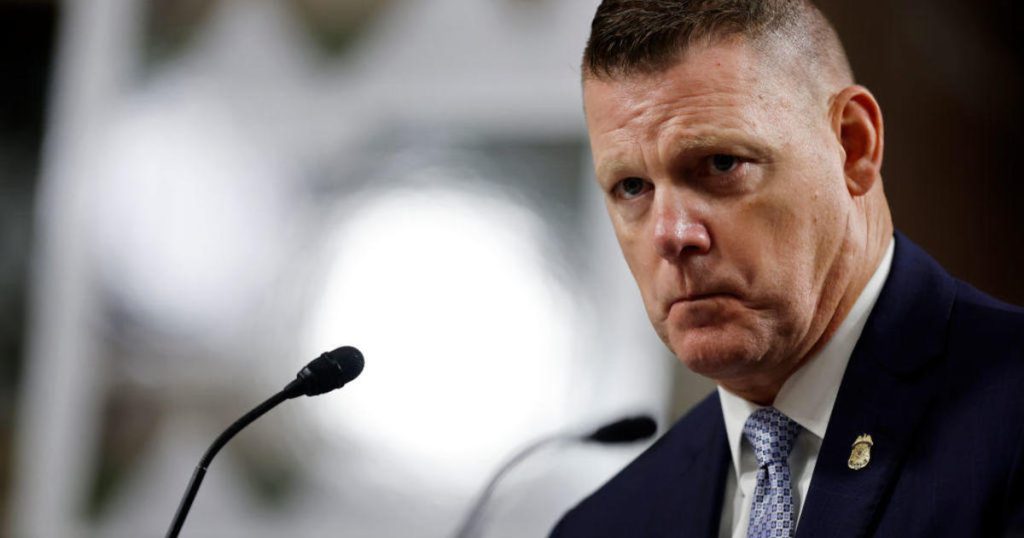The U.S. Secret Service deployed counter snipers for the first time during the current campaign cycle to secure an event for former President Donald Trump in Butler, Pennsylvania. Just three days later, on July 13, Trump was the target of an assassination attempt by a 20-year-old gunman, Thomas Crooks. The shooter fired eight shots in under six seconds before being shot and killed by a counter sniper. There were security lapses during the event, including a lack of radio communications between the counter snipers and local law enforcement. The agents relied on text messaging and were not aware that the suspect was armed until shots were fired.
The acting director of the Secret Service, Ronald Rowe, disclosed a list of security lapses during a news conference following the assassination attempt. He mentioned that there were two separate command posts used that day, leading to disjointed communications. Additionally, only one Pennsylvania State Police officer was assigned to the Secret Service security room, and there were no Secret Service personnel in the local law enforcement command post. The lack of coverage on the roof where the shooter was located was described as a Secret Service failure, and the agency failed to deploy a drone at the rally site, a decision that will be reviewed.
The assassination attempt has prompted increased scrutiny of Secret Service operations, leading to several departmental and congressional investigations. Ronald Rowe, who took over leadership of the agency following the incident, acknowledged the shortcomings in security and expressed shame over the security failure that allowed the shooting to take place. The Senate Appropriations Committee has delayed plans to consider funding for the U.S. Secret Service in light of the incident. The acting director has implemented changes, including the use of unmanned aerial systems at sites, to enhance security measures and prevent similar incidents in the future.
The lack of communication between the counter snipers and local law enforcement, as well as the failure to deploy a drone at the rally site, were among the security lapses highlighted during the news conference. The Secret Service is conducting a review of its protocols and procedures to address the shortcomings that contributed to the assassination attempt on former President Trump. The investigation into the incident has revealed multiple security failures that need to be rectified to ensure the safety and security of public figures during events. The Secret Service is committed to enhancing its security measures and implementing changes to prevent similar incidents in the future.


